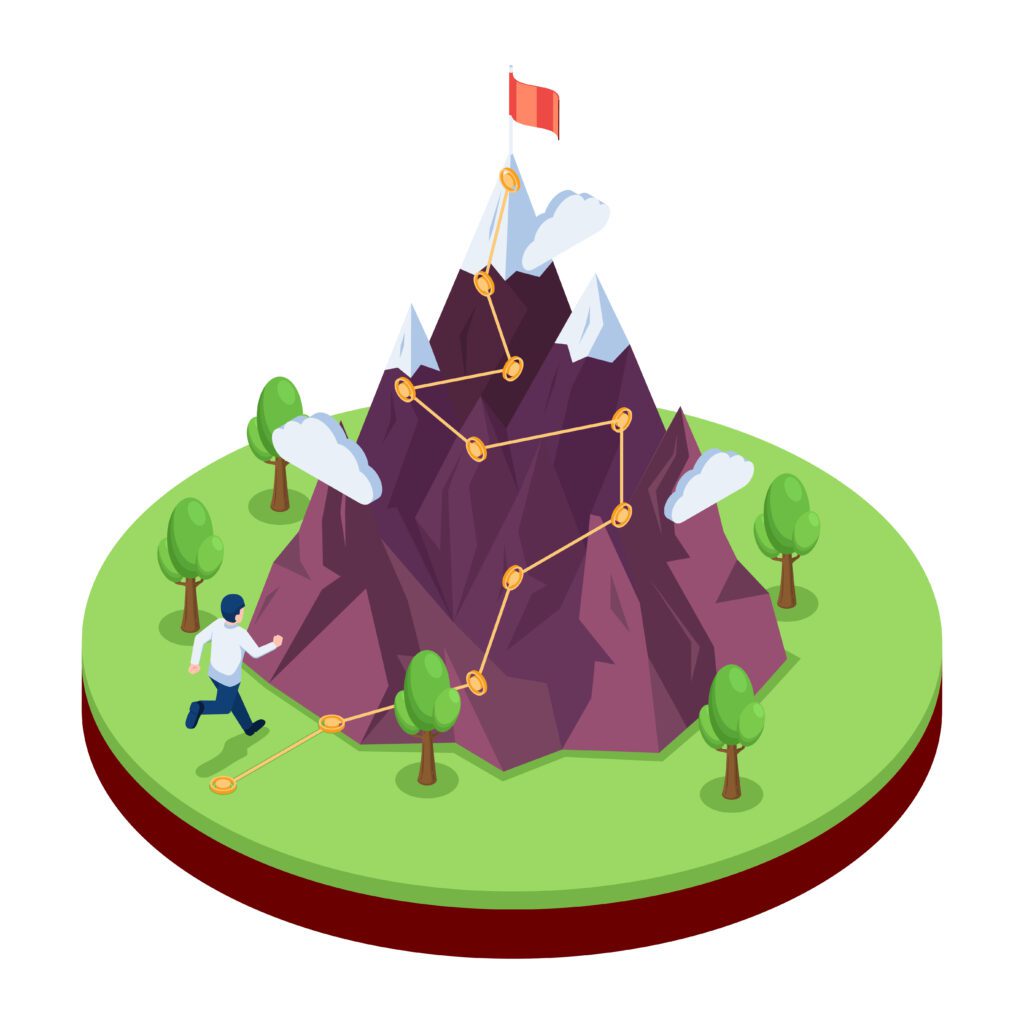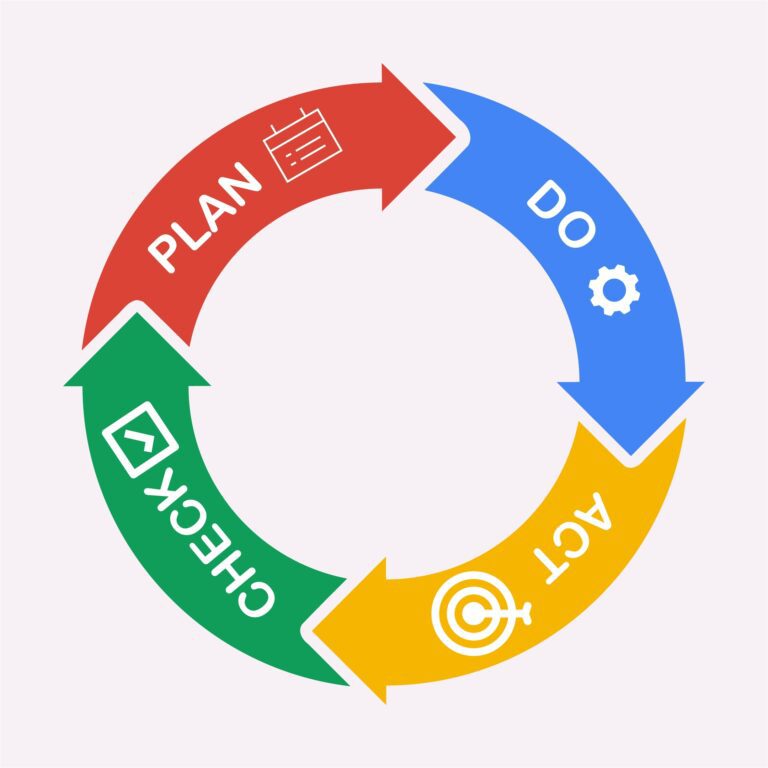Have you ever considered that the traditional mentoring playbook might be due for a rewrite? In the dynamic world of organisational development, sticking to the tried and tested can often mean missing out on innovative opportunities. Enter ‘disruptive mentoring’.
At its heart, disruptive mentoring challenges the status quo, pushing both mentors and mentees out of their comfort zones. It’s not just about transferring knowledge; it’s about sparking transformation. And who better to lead this charge than our Learning and Development professionals? As L&D practitioners, we’re not just facilitators of this change; we’re at the forefront, driving it.
So, how can disruptive mentoring redefine talent mobility within organisations, and what can we do to support it? Let’s unravel these threads together and discover how shaking things up a bit could be the best move your organisation can make.
Understanding Disruptive Mentoring
So, what exactly is ‘disruptive mentoring’? To put it simply, it’s like giving the traditional mentor-mentee relationship a bit of a caffeine kick. Traditional mentoring often follows a predictable script: an experienced mentor imparts wisdom to a less experienced mentee, mostly focusing on skill development and career progression. It’s a bit like a well-trodden path – safe but, let’s face it, sometimes a tad boring.
Disruptive mentoring, on the other hand, is the road less travelled. It’s dynamic, unconventional, and challenges both parties to think outside the box. Here, the mentor not only guides but also collaborates, provokes new ways of thinking, and encourages the mentee to question the status quo. It’s not just about climbing the corporate ladder; it’s about building a whole new ladder.

But why the need for disruption?
The corporate world is evolving at a breakneck pace. With technological advancements, globalisation, and changing workforce dynamics, sticking to old mentoring models can be like trying to fit a square peg into a round hole. Organisations need individuals who can adapt, innovate, and think critically – qualities that disruptive mentoring is designed to foster.
Let’s look at some examples. In traditional mentoring, a mentee might be guided on how to improve their sales technique based on established methods. In disruptive mentoring, the mentor might challenge the mentee to come up with a completely new sales strategy, perhaps even questioning the fundamentals of selling itself. The focus shifts from ‘how to improve’ to ‘how to innovate’.
Another scenario: traditionally, mentors share their knowledge based on their own career path. In disruptive mentoring, however, the mentor encourages the mentee to explore career paths that might not even exist yet. It’s like the difference between following a map and charting new territories.
Disruptive mentoring isn’t just about shaking things up for the sake of it; it’s about preparing both mentors and mentees for a future that’s as unpredictable as it is exciting. By stepping away from the conventional, we open doors to new ideas, perspectives, and ways of working that can propel organisations forward in unexpected and thrilling ways.
The Role of L&D Practitioners in Fostering Disruptive Mentoring
Alright, let’s talk strategy. As L&D practitioners, how do we go about planting the seeds of disruptive mentoring within our organisations? It’s not just about encouraging new practices; it’s about cultivating an entirely new ecosystem for growth and innovation.

Implementing Disruptive Mentoring Programs:
First things first, we need to create a framework that supports this unconventional approach. This involves rethinking our current mentoring programs and infusing them with elements that encourage disruption. For instance, pairing mentors and mentees from completely different departments or backgrounds can spark fresh insights. Encourage ‘reverse mentoring’, where younger employees mentor senior staff, especially on topics like technology and emerging trends. The key is to mix it up and make it exciting!
Training Mentors for the Unconventional:
Now, for the mentors themselves. Traditional mentoring skills are still valuable, but let’s ramp it up. We need to train mentors to be provocateurs of thought, champions of innovation, and comfortable with uncertainty. This might involve workshops on creative problem-solving, critical thinking, and embracing failure as a learning tool. It’s about shifting the mentor’s role from a guide-by-the-side to a challenger-in-chief.
Cultivating a Culture Receptive to Disruption:
Perhaps the trickiest, yet most crucial part, is fostering an organisational culture that welcomes this kind of shake-up. As L&D experts, we’re in a unique position to influence this shift. It starts with open communication about the value of disruptive mentoring – not just as a nice-to-have, but as a must-have in today’s fast-paced business world. Regular success stories and case studies can be shared to illustrate the tangible benefits of this approach. Creating spaces for open dialogue, experimentation, and risk-taking is also vital. Remember, a culture that fears failure will struggle to innovate.
By focusing on these areas, we as L&D professionals can be the architects of a new mentoring paradigm – one that’s perfectly suited for the complexities and challenges of the modern workplace. It’s about building an environment where disruptive mentoring doesn’t just survive; it thrives.
Disruptive Mentoring as a Catalyst for Talent Mobility
Now, let’s connect the dots between disruptive mentoring and ‘talent mobility’. Talent mobility is essentially the movement of employees within an organisation – across departments, roles, or even geographically. It’s like a game of career chess, where each move strategically positions individuals for growth and, in turn, bolsters the organisation’s agility and resilience.
The Importance of Talent Mobility
In today’s fast-paced business world, an organisation’s ability to adapt and evolve is key to its success. Talent mobility plays a crucial role here. It’s not just about filling vacancies; it’s about fostering a diverse pool of skills and perspectives, which can drive innovation and adaptability. Think of it as an internal talent marketplace – dynamic, fluid, and rich with potential.
Enhancing Talent Mobility through Disruptive Mentoring
This is where disruptive mentoring shines. It acts as a catalyst, accelerating talent mobility by equipping individuals with a broader range of skills and a more adaptive mindset. Through disruptive mentoring, employees are encouraged to explore areas outside their comfort zones, which can reveal hidden talents and new career paths. It’s about creating a workforce that’s not just skilled, but versatile and ready for whatever the future holds.

A Hypothetical Example
Imagine we’re implementing a pilot program of disruptive mentoring in our organisation. We pair a mid-level manager from the finance department with a senior creative from the marketing team. The twist? The marketing pro is the mentor, and the finance manager is the mentee.
Over the course of the program, the finance manager gains insights into creative thinking, brand strategy, and customer engagement – areas outside her usual remit. Meanwhile, the marketing mentor learns about financial forecasting and budget management, skills that are invaluable in strategic planning.
The result? The finance manager spearheads a new project integrating financial data with market trends to identify new growth opportunities. The marketing mentor, on the other hand, uses his newfound knowledge to develop more cost-effective campaign strategies.
This hypothetical scenario illustrates how disruptive mentoring can unlock potential and foster talent mobility within an organisation. By breaking down silos and encouraging cross-functional learning, we’re not just boosting individual careers; we’re strengthening the entire organisation.
Overcoming Challenges
Let’s face it, introducing anything new, especially something as radical as disruptive mentoring, isn’t going to be a walk in the park. There will be bumps along the road. But fear not, for every challenge, there’s a solution waiting in the wings.

Addressing Potential Challenges and Resistance
One major hurdle is resistance to change. You might find some employees clinging to the old ways like a lifebuoy. “This is how we’ve always done it,” they’ll say. There’s also the challenge of matching the right pairs in mentoring, ensuring both parties are open to this unconventional approach. And let’s not forget the time and resources required to effectively implement and manage such a program.
Tackling the Challenges Head-On
So, how do we tackle these challenges? First, clear and compelling communication is key. We need to articulate the ‘why’ behind disruptive mentoring. Showcasing success stories or potential benefits can help in getting buy-in from all levels of the organisation.
Training is another crucial aspect. We need to prepare both mentors and mentees for this journey. This includes workshops not just on the mechanics of mentoring but also on embracing change and the benefits of stepping out of comfort zones.
As for matching mentors with mentees, think outside the traditional parameters. Encourage volunteers rather than making it mandatory. And maybe consider using a ‘speed-dating’ approach to mentoring pair-ups – it’s a bit unconventional, sure, but it can help people find a match with whom they can truly click. There are a whole host of mentoring platforms out there to help you with this matching process. here at The Learning Network, we use Guider.
Regarding time and resource constraints, start small. Pilot the program in one department or with a select group of employees. This not only makes it more manageable but also allows you to iron out the kinks before a full-scale rollout.
Remember, as L&D professionals, our role is crucial in navigating these challenges. We’re the facilitators, the motivators, and sometimes, the mediators. Our goal is to steer the ship through these choppy waters to the calm seas of innovation and growth.
Measuring Success and Impact
Now, let’s talk about measuring the impact of disruptive mentoring. After all, what gets measured gets managed, right?
Metrics and KPIs for Evaluating Effectiveness
To gauge the effectiveness of a disruptive mentoring program, we need to look beyond the usual ‘number of sessions completed’ or ‘satisfaction ratings’. While these are good starting points, we should also consider metrics that reflect the depth and breadth of the impact. Here are a few suggestions:
- Innovation Index: Measure the number of new ideas or projects initiated as a direct result of the mentoring program.
- Cross-Departmental Collaboration: Track the increase in projects or initiatives that involve cross-departmental collaboration.
- Skill Development: Assess the expansion of skill sets in mentees, especially in areas not directly related to their current roles.
- Career Progression: Monitor the career trajectory of mentees post-program, including promotions, role changes, or taking on new responsibilities.
The Importance of Continuous Improvement
It’s vital to remember that the first iteration of any program is just the beginning. Based on the feedback and data collected, we should continuously refine and improve the program. This is where the Continuous Improvement Model comes into play. It’s a cycle of ‘Plan’, ‘Do’, ‘Check’, Act’, allowing for ongoing refinement and enhancement.

This model is a powerful tool for L&D practitioners. By planning new strategies, implementing them, checking their effectiveness, and then acting on the insights gained, we ensure that the mentoring program remains dynamic and relevant.
Incorporating these metrics and embracing continuous improvement ensures that disruptive mentoring programs not only start strong but also evolve and adapt, maximizing their impact on organizational development and growth.
Conclusion
And there we have it – a whirlwind tour through the exciting realm of disruptive mentoring. We’ve seen how it contrasts with traditional mentoring, serving as a dynamic force for innovation and change within organisations. We’ve explored the critical role of L&D practitioners in championing and nurturing this approach, from implementing strategies to overcoming challenges and measuring success.
Remember, disruptive mentoring is more than just a new method; it’s a mindset shift. It’s about embracing change, fostering cross-functional collaboration, and driving talent mobility. It’s not just about what we teach; it’s about how we inspire our workforce to think differently and boldly.
So, what’s the call to action? It’s simple but significant: Let’s start embracing the unconventional. Let’s be the catalysts for change in our organisations. As L&D professionals, we have the power to turn disruptive mentoring from a novel idea into a fundamental part of our organisational culture.
Start small if you must, but start. Pilot a program, gather feedback, and iterate. Share success stories and encourage a culture of continuous improvement. Measure the impact and keep the momentum going. It’s time to shake up the status quo and see just how far we can go.
Disruptive mentoring isn’t just a passing trend; it’s the future of organisational development. Let’s be the pioneers, leading the charge. Are you ready to disrupt and inspire?
Further Reading
To continue your journey into the world of disruptive mentoring and organisational development, here are some insightful resources:
Books
- “Mentoring 101” by John C. Maxwell – A great starting point for understanding the basics of mentoring.
- “Coaching for Performance” by John Whitmore – Offers insights into performance coaching, a concept closely related to disruptive mentoring.
- “Drive: The Surprising Truth About What Motivates Us” by Daniel H. Pink – Explores motivation and how it can be harnessed within an organizational context.
- “The Fifth Discipline: The Art & Practice of The Learning Organization” by Peter M. Senge – A comprehensive guide on transforming organizations into learning hubs, relevant for L&D practitioners.
Online Resources
- “Mentoring at Work: How (and Why) to Implement It in Your Organization” by CCL.org: This article delves into the benefits of mentoring in organisations for mentors, mentees, and the organisation itself. It discusses how mentoring can help retain top talent, build leadership pipelines, and enhance organisational commitment. It also touches on the mutual developmental benefits for both mentor and mentee, providing a comprehensive understanding of mentoring at work.
- “The Best Mentorships Help Both People Grow” – Harvard Business Review: A piece from HBR exploring how transformational mentorships benefit both the mentee and the mentor, enhancing leadership and fostering growth.



